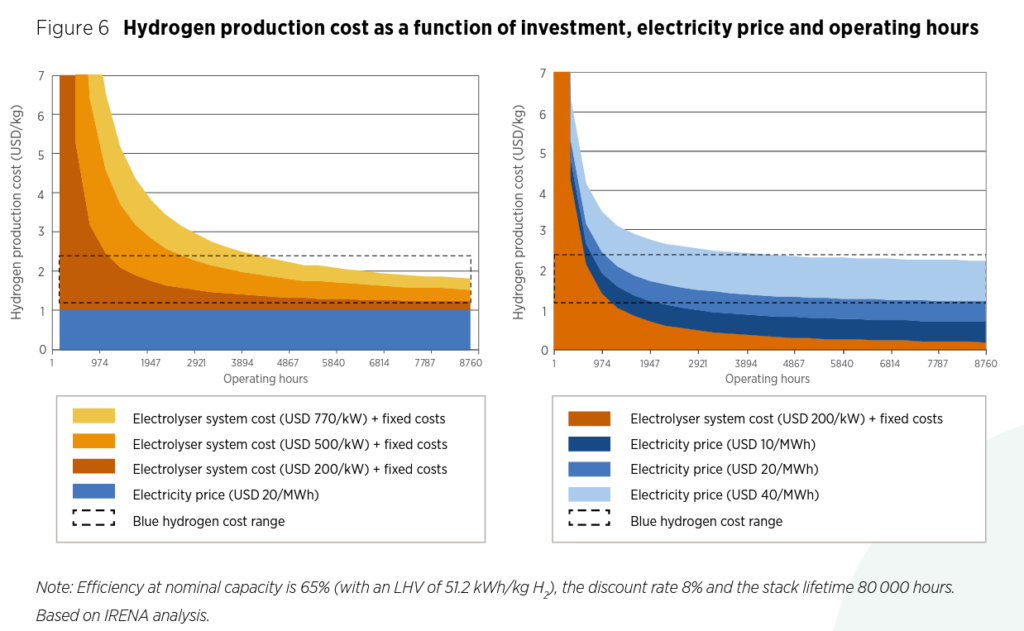
Green Hydrogen’s Key Moment
Will the invasion of Ukraine accelerate the development of green hydrogen? The European Commission and the REPowerEU plan seem to have the answer.
Despite being one of the most promising renewable energy sources in the fight against climate change, green hydrogen has faced many challenges competing with other energy sources such as gasoline, natural gas, and oil, and even with other types of hydrogen that do not use renewable energy in their production process. However, the consequences of the Russian invasion in Ukraine may have a very important effect on the future development and use of green hydrogen.
The conflict in Ukraine and the severing of economic relations with Russia, one of the world’s largest producers of oil and gas, have resulted in higher energy and raw material prices, which may have caused some economies to increase their production of fossil fuels to cover the deficit created by this situation. Nevertheless, this conflict has also triggered an acceleration in the efforts to reduce the dependency on fossil fuels.
On March 8, 2022, the European Commission proposed an outline of the REPowerEU plan, which aimed to completely end Europe’s dependency on Russian imported fossil fuels by 2030 through a series of measures. This initiative has been supported by the United States, which has committed itself as a key partner to carry out this plan.
In May, the European Commission presented the complete plan, which, among other announcements, established as one of its key targets the production of 10 million tons of renewable hydrogen by 2030, as well as importing 10 million more additional tons. For this purpose, the plan outlines several strategies and commitments, including the intent to complete an assessment of the first hydrogen projects of common European interest by the summer; the commitment to support the development of three major hydrogen import corridors via the Mediterranean, the North Sea area and, as soon as possible, with Ukraine; the commitment to set up a dedicated work stream on joint renewable hydrogen purchasing under the EU platform; and the implementation of carbon contracts for difference to support the full switch of the current gas-based hydrogen production to renewable production and the green hydrogen use in new industrial sectors.
These announcements are accompanied by initiatives to promote the general development of renewable energy and to cooperate with the industrial sector to scale up electrolyser and equipment manufacturing capacities. These two initiatives, along with facilitating the future access to lower prices of renewable energy and essential equipment to produce green hydrogen, take care of one of the main problems of this source of energy: its high production cost. The green hydrogen production is 2-3 times more expensive than gray and blue hydrogen (both produced by using fossil fuels), mainly due to the current high prices of renewable energy and the equipment required in the production.

REPowerEU is great news on the path to the clean energy transition, however, it will not be easy to carry out its proposed objectives. It is highly relevant to keep aligned the interests of the governments, investors, industries, and users. Governments and the market have the important but difficult task of connecting their decarbonization commitments and available resources, with the needs of consumers and industries.
If the mentioned announcements, the technological advances, and the adoption of the strategies for the development of green hydrogen are fulfilled, we will be able to see this energy source playing a fundamental role in the energy transition towards carbon neutrality.
Jean Andre Petit P.
LL.M. and WBLC GraduateJean Andre is a 2022 LL.M. and Wharton Business and Law Certificate graduate of the University of Pennsylvania. He has worked as a lawyer in Chile and Colombia, focusing his career on the development of energy and infrastructure projects.

